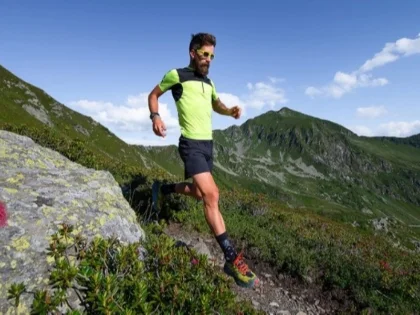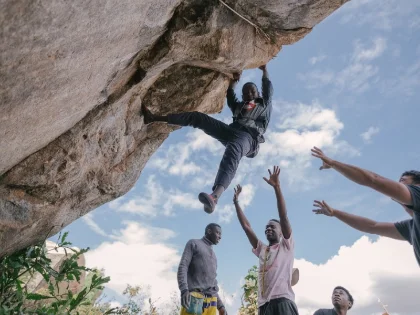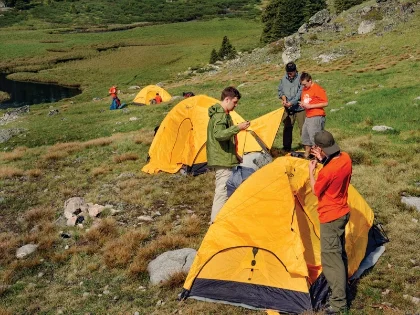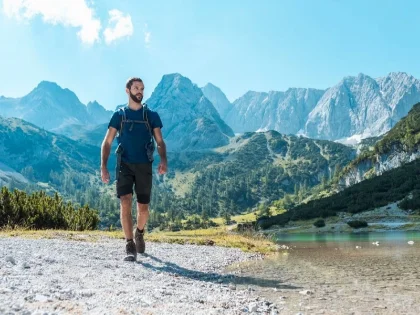Is Hiking Cardio Or Strength?
One of the best exercises for your body and mind is hiking. Along with increasing endurance and enhancing heart health, it strengthens bones, muscles, and balance.
Hiking, especially when done downhill, gives your upper and lower bodies excellent exercise, despite the common misconception that it's merely walking. It also strengthens the muscles in your calves, hamstrings, and glutes.
Heart rate
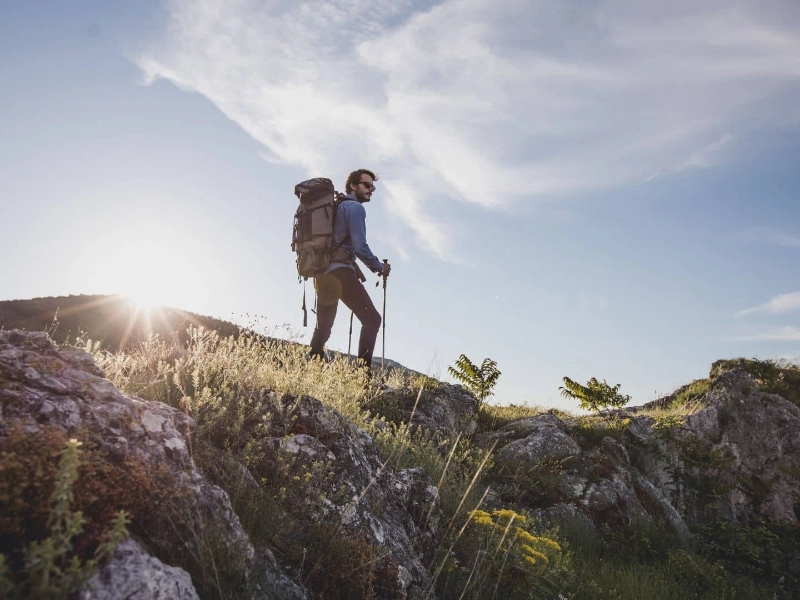
Hiking, particularly if your route involves some hills, is an excellent cardiovascular workout. Because being in nature releases endorphins, it also burns calories at a moderate pace and is a terrific way to lift your mood.
The ability to walk uphill and downhill without experiencing knee or back pain is the most crucial requirement for successful hiking. The quads, hamstrings, and calves can be strengthened with good walking workouts, including lunges, stair climbers, and treadmill intervals.
Exercises that promote lateral movement, including side-to-side steps on a floor or the use of a portable slide board, can help develop the lateral mobility required for hiking. In addition to lowering your chance of knee injury, these workouts will increase your stability and agility on uneven ground.
You can also improve your endurance by including a few lengthy hikes once or twice a week. Just keep in mind that you will need to prepare for this by bringing along enough protein and carbohydrates for your hikes.
Fortitude
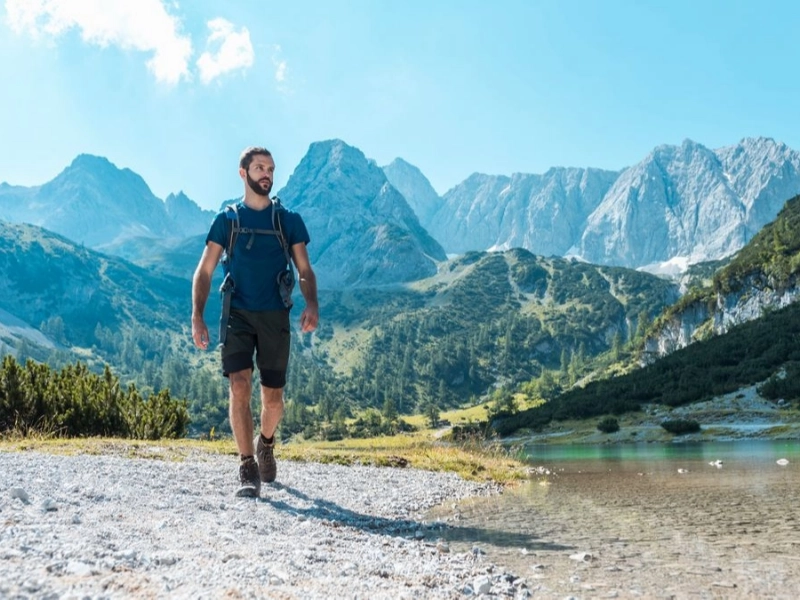
Hiking is a fantastic method to build muscle, improve your balance, and burn calories. It can even aid with injury prevention and endurance building.
You may strengthen your legs, glutes, and quadriceps by climbing hills and mountains as part of several hiking routines. However, especially when carrying a backpack, you also need to strengthen your calves and hamstrings.
The hiker's core is another essential muscle. The more strength in your core, the more adept you will be at maintaining balance and good trail posture while hauling your pack and negotiating uneven terrain.
To strengthen your core for hiking, try some hanging knee lifts. To begin, place your arms straight aloft, as if performing a pushup, and grasp a pair of dumbbells in your hands. Subsequently, bring your hips down to the floor so that they form a bridge slightly above your knees. For every leg, repeat this.
Perseverance
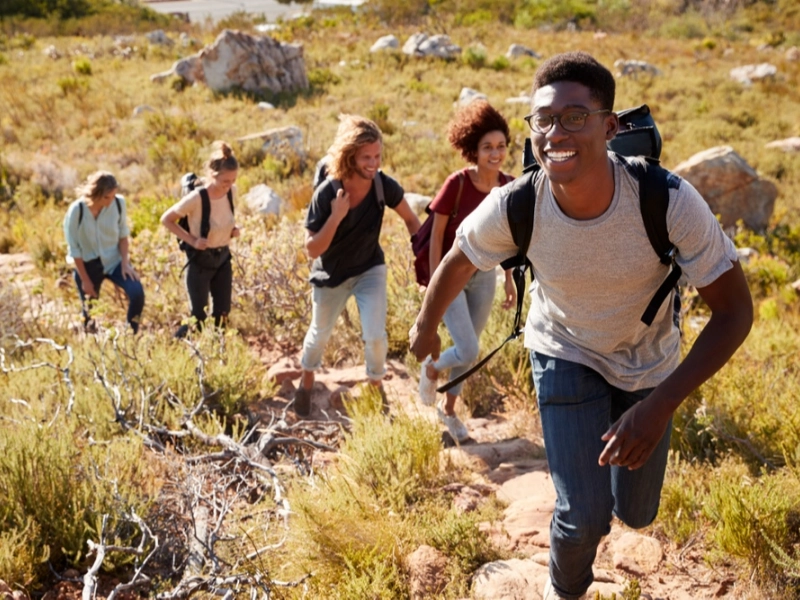
Hiking is a moderate aerobic activity that increases heart rate, in contrast to other high-intensity cardio activities like jogging. This will burn calories and speed up your metabolism for the majority of trekkers. By enabling you to keep your heart rate constant for extended periods of time, it also aids in the development of endurance.
Additionally, hiking builds muscle in a variety of ways, which is an advantage unmatched by other forms of exercise. For instance, climbing up and down hills works your calves, glutes, hamstrings, and quadriceps. Also, you might wear a backpack that increases the weight on your back and arms, strengthening your upper body.
Enhancing your balance is crucial for negotiating uneven ground, and hiking aids in this regard. Strong core muscles are necessary for this, and you can develop them by performing exercises like hanging knee raises on a pull-up bar or jungle gym in your neighborhood park. Use a circuit approach to these exercises for optimal results, taking short breaks between sets to strain your muscles and prevent boredom.
Adaptivity
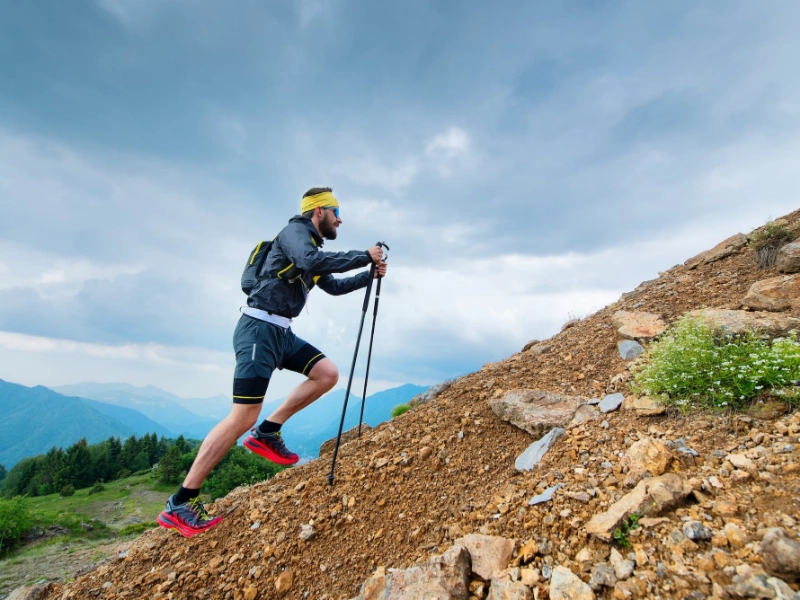
Hiking is a fantastic technique to tone your back, hips, and legs. Also, it aids in balance development, which is beneficial for navigating uneven terrain. As you wear a backpack while hiking, it also helps to strengthen your arms and core.
To hike comfortably, you will need to train your strength and cardio. Currently, 150 minutes a week of moderate-intense exercise are advised. This covers resistance training with weights, free weights, or your own body weight in addition to cardiovascular activity like brisk walking.
Additionally, dynamic stretching should be done for five to ten minutes before performing any weight training. This promotes body warmth and reduces the risk of harm.




